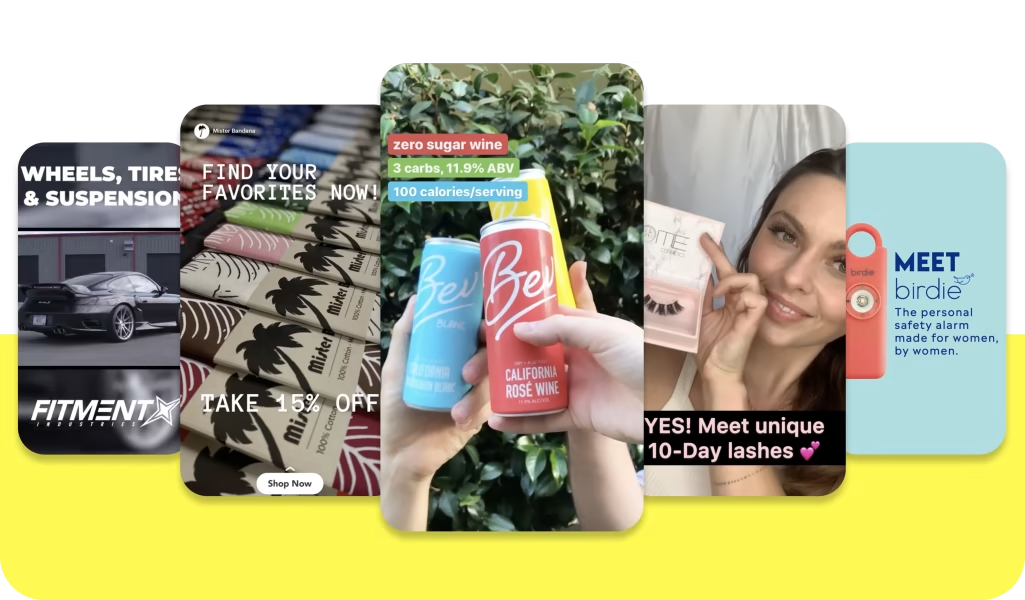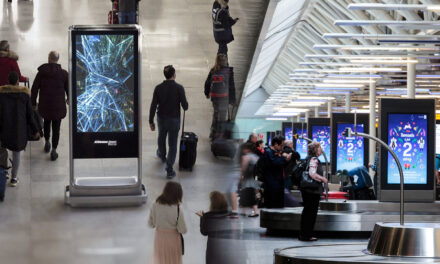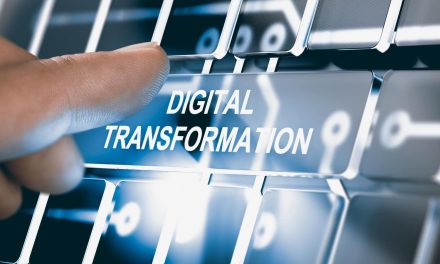Successful advertisers typically adjust their strategies to align with the market’s ever-shifting trends so they can make the most of their investments.
The way people and businesses interact with each other have been revolutionized in the past 20+ years, with the Internet enabling the rise of online advertising, allowing businesses of all sizes to reach new and existing customers and drive growth. With the new year coming, there is much to look forward to as digitalization continues to boom and online advertising continues to provide business opportunities for brands.
What is online advertising?
Online advertising is a form of marketing that businesses use to promote products and services to specific audiences via the Internet. Referred to by many names (online marketing, Internet advertising, digital advertising, or web advertising), online advertising enables businesses to target current and potential customers with marketing messages. Typically, the goal is to get people to take an action, such as clicking through to a business website.
Online advertising offers many ways to reach potential customers. Many online ad platforms use a bidding process that allows businesses to decide how much they’re willing to spend to reach each person. Most of them also have a default option that lets the ad platform bid on their behalf, which is helpful for business owners who are new to online advertising and want to automate as much of the process as possible. As businesses become comfortable with online advertising, deciding which method works best for a given objective becomes more obvious and easier to execute. Snapchat’s advertising platform offers many kinds of ad objectives across the traditional sales and marketing funnel, including awareness, consideration, and conversion (such as purchases).

4 emerging trends that will shape online advertising in 2023
The evolution of online advertising is dependent on advances in technology and inevitable changes in consumer behavior. Successful advertisers typically adjust their strategies to align with the market’s ever-shifting trends so they can make the most of their investments.
The latest trends dominating the current advertising environment include:
-
Artificial intelligence (AI) & machine learning: Artificial intelligence and machine learning are revolutionizing advertising like nothing before, not only minimizing guesswork and uncertainty, but also adding real-time data-driven structure to business advertising strategies.
Because digital advertising is algorithm-driven, businesses should be patient when they first launch an ad. Most advertising platforms, including Snapchat, have a learning phase after an ad is published.
During that time, machine learning determines what kinds of people in the advertiser’s target audience are more receptive to the ad, so the delivery system can show it to more people like them. Snapchat calls it the exploration phase, and we recommend running an ad for at least 15 days to allow it to work.
-
Video ads and authenticity: Video continues to reign supreme in online advertising, and shorter content can get better results. Recent trends indicate that less-polished videos can also result in better ad performance.
On Snapchat, we recommend that businesses create videos that are reminiscent of user-generated content (UGC), which typically involves one or more people talking to the camera in an unrehearsed way. We’ve
-
Social proof: Businesses benefit more than ever from free word-of-mouth provided by people motivated to support their products and services. That amounts to social proof — evidence that someone is benefiting from a given brand and is thus likely to share their satisfaction with their friends and family, increasing the likelihood of more customers. On a social media network like Snapchat, that can come from people sharing an ad or an organic post.
-
Influencers: Influencers typically command the attention of a large audience, so they’re in a good position to promote a business’s products and services. When an influencer promotes a brand, their followers are more likely to take an interest in it.
Since the influencer is not speaking directly on behalf of the brand, followers of influencers typically interpret their recommendations as authentic and trustworthy, and thus are more likely to engage and take action.



















